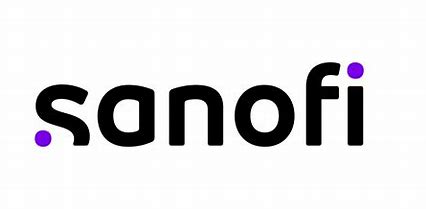New initiative from Merz Therapeutics and World Stroke Organization
- Official launch of the “Access to Health” initiative announced at the World Stroke Congress by WSO President, Dr. Sheila Martins
- Partnership aims to reduce healthcare disparities with pilot projects in Nigeria and Tanzania
- Project leaders and healthcare professionals convene to discuss next steps and project execution
October 24th, 2024: at the annual World Stroke Congress in Abu Dhabi, the President of the World Stroke Organization (WSO), Dr. Sheila Martins, officially announced a partnership with Merz Therapeutics to launch the ‘Access to Health’ initiative. This project, focusing on addressing healthcare disparities in low- and middle-income countries (LMICs), will begin with two pilot projects in Nigeria and Tanzania.
During the event, project leaders from around the world gathered to discuss next steps and the strategic direction of this innovative partnership. “We are incredibly proud to be part of a mission that can make a tangible difference in the lives of stroke survivors in underserved communities,” said Stefan König, CEO of Merz Therapeutics. “Our collaboration with the World Stroke Organization will enable us to expand access to much-needed stroke care in regions where healthcare infrastructure is yet limited.”
The initiative aims to tackle the critical issues facing stroke care in these regions, where the incidence of stroke is high, particularly among younger populations. Stroke cases in Sub-Saharan Africa are projected to rise dramatically, with an annual incidence rate of 316 cases per 100,000 people and a 3-year fatality rate exceeding 80%. Limited public awareness, inadequate rehabilitation facilities, and a shortage of healthcare professionals further exacerbate the crisis1.
Pilot Programmes in Nigeria and Tanzania
In Nigeria, the initiative will focus on building capacity in stroke care by enhancing the education and training of neurologists and healthcare professionals. This will include the development of comprehensive educational modules designed to improve post-stroke rehabilitation programs. The goal is to expand the workforce’s ability to provide state-of-the-art stroke management and rehabilitation.
In Tanzania, the initiative will concentrate on improving patient access to stroke care services in low-resource settings. Building on the existing efforts led by the WSO, Merz Therapeutics will offer strategic support to further develop stroke care infrastructure, specifically through the support of stroke units in hospitals. Merz Therapeutics aims to improve patient outcomes by consulting local healthcare providers to enable comprehensive and multidisciplinary care for underserved communities.
Creating Sustainable Healthcare Solutions
Launched in 2023, the Access to Health initiative is part of Merz Therapeutics’ broader strategy to reduce healthcare disparities in LMICs through healthcare professional training, patient education, strategic partnerships, and employee volunteering. By collaborating with the WSO, Merz Therapeutics aims to establish scalable healthcare models that can be replicated globally, ensuring that everyone, regardless of geographic or economic barriers, has access to high-quality medical care.
Our long-term goal is to create sustainable, scalable healthcare improvements that can transform stroke care in these regions and beyond. This initiative embodies our commitment to making healthcare more equitable and accessible for all.
Stefan Albrecht, Chief Scientific and Medical Officer of Merz Therapeutics
References
1Akinyemi, R. O., Ovbiagele, B., Adeniji, O. A., Sarfo, F. S., Abd-Allah, F., Adoukonou, T., Ogah, O. S., Naidoo, P., Damasceno, A., Walker, R. W., Ogunniyi, A., Kalaria, R. N., & Owolabi, M. O. (2021). Stroke in Africa: profile, progress, prospects and priorities. Nature reviews. Neurology, 17(10), 634–656. https://doi.org/10.1038/s41582-021-00542-4

